Tuesday, 23 April 2024
Menu
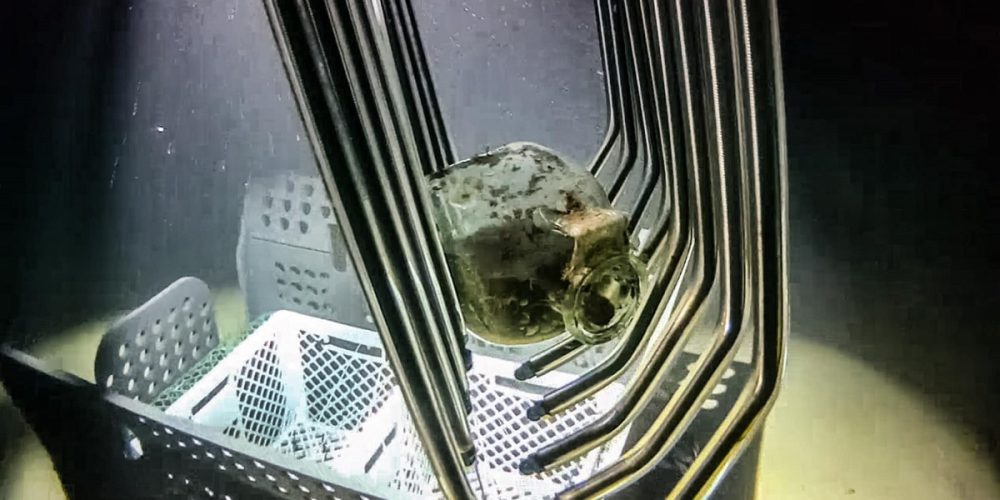
In the waters of the Tyrrhenian Sea, between the islands of Capraia and Corsica, underwater archaeologists have found magnificent glass artefacts during excavations on the ancient Roman shipwreck called Capo Corso 2 discovered in 2012. The operations, performed from 1 to 8 July in the border waters between France and Italy at a depth of 350 metres, were carried out using a new prototype of the remotely operated vehicle (ROV) Arthur, which is dedicated to archaeological operations.
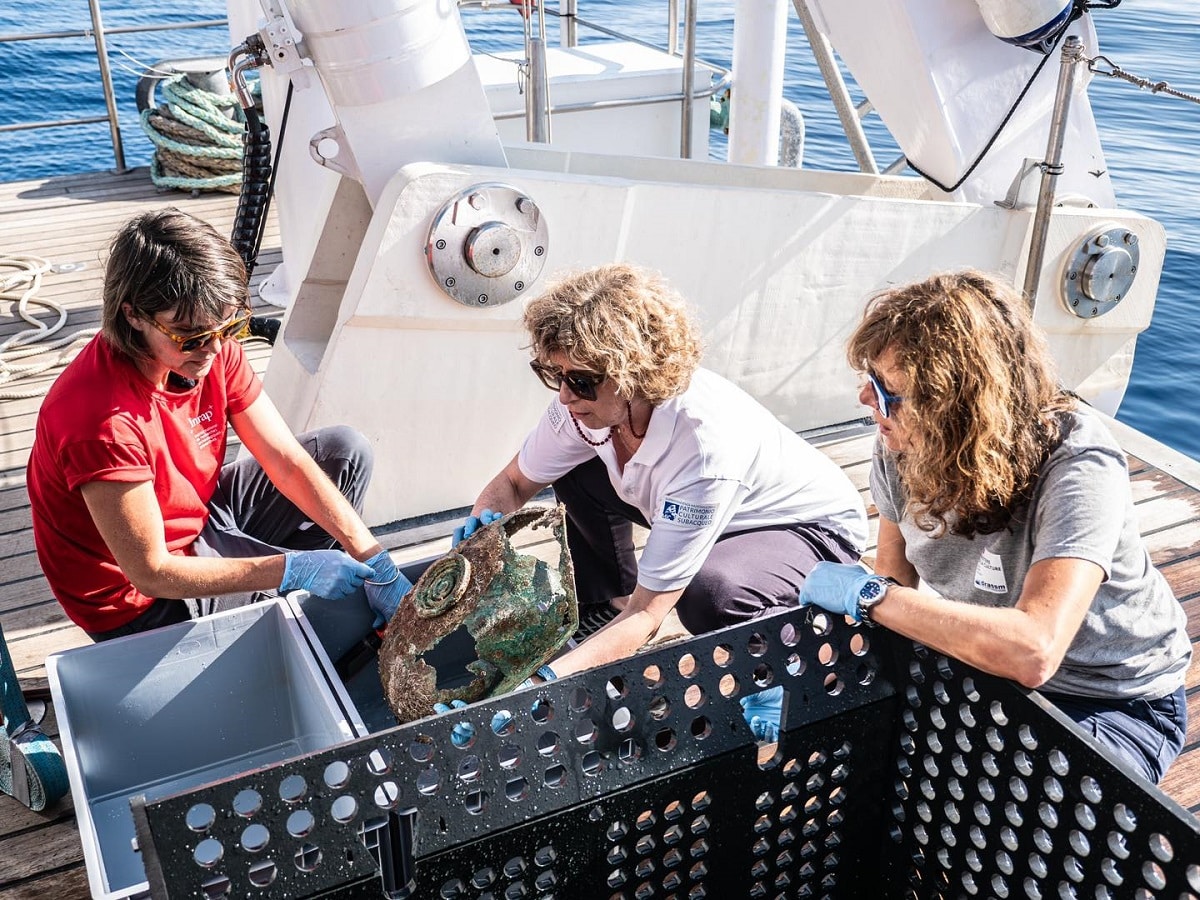
The numerous ancient blown-glass artefacts are a real surprise that no one expected. The retrieved items are intact and, despite 2,000 years at the bottom of the sea, have been preserved in perfect condition. Locating them buried in the bottom sediments was possible thanks to a special light beam emitted by the Arthur ROV.
The field operations at the site were carried out as part of a joint mission by a combined team of Italian and French maritime archaeologists. According to the information provided by the researchers, Capo Corso 2 is a Roman vessel dating back to the turn of the first and second centuries AD. The archaeologists base their conclusions on the analysis of excavated objects.
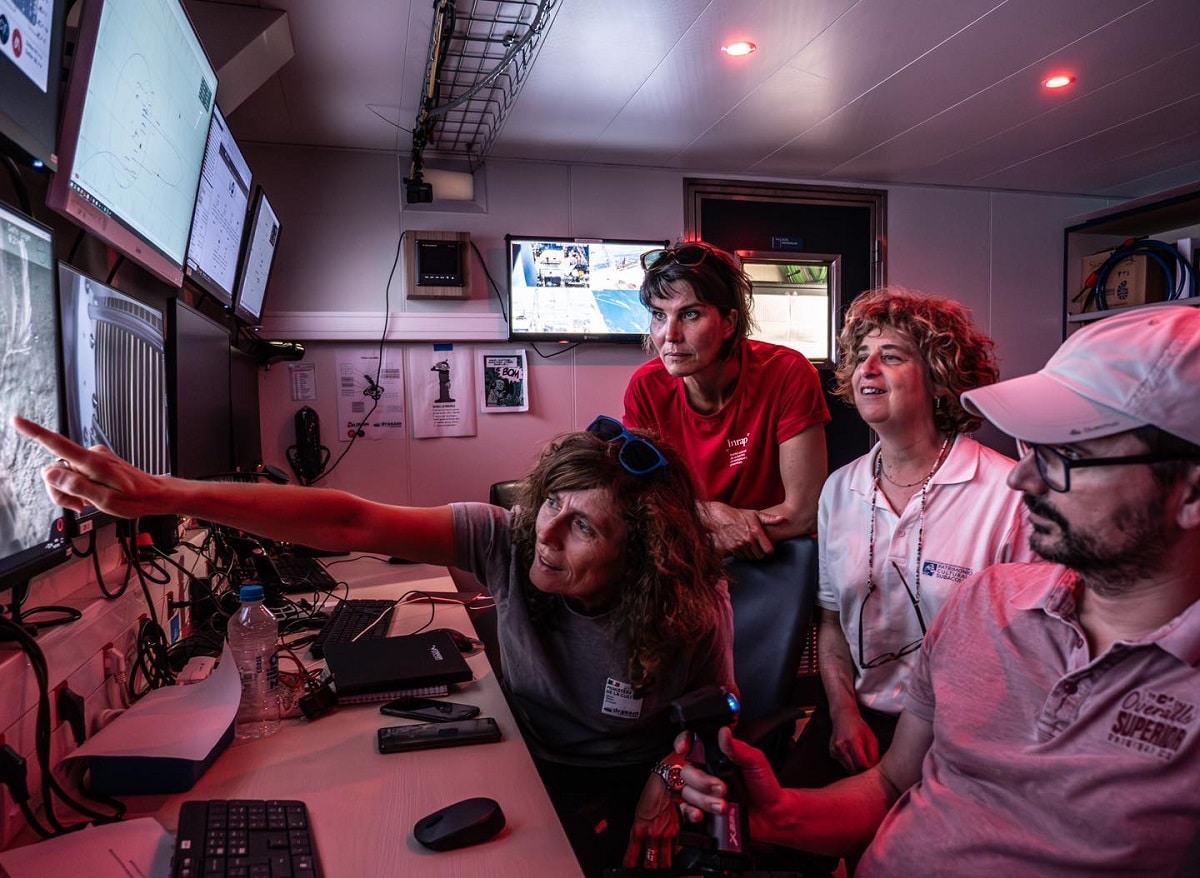
We are dealing with the wreck of a Roman ship with a cargo consisting almost entirely of glass, transported both in its raw state, in the form of several tonnes of raw blocks of various sizes, and processed, in the form of thousands of artifacts of blown table glass. The vessel probably came from a port in the Middle East, possibly Lebanon or Syria, and was heading towards the French coast of Provence, explained Barbara Davidde of the National Superintendence for Underwater Cultural Heritage.
Archaeologists gathered on board of the research vessel waited in great excitement to see the results of the efforts made using the Arthur ROV. There was great excitement when the glass object was first lifted from the bottom and placed using a special mechanical arm into a container, which was then brought to the surface.

For deep-sea research, the French Department of Underwater and Submarine Archaeological Research (DRASSM) provided its flagship research vessel Alfred Merlin. The vessel carries two ROVs, Arthur and Hilarion. The Arthur is a high-tech prototype ROV designed and developed in collaboration with DRASSM by Professor Vincent Creuze of the University of Montpellier-LIRM.
Arthur is one of the smallest and lightest in its class and can reach depths of 2,500 metres. The vehicle allows high-resolution video documentation as well as bottom search and object recovery.

So far, various glass objects have been recovered from the Capo Corso 2 wreck: bottles, plates and cups, as well as two bronze bowls and several amphorae. All the archaeological material will go to the National Superintendency laboratory in Taranto, where it will be carefully examined and preserved. Detailed examinations may provide further information about the age of the ship and its origin, as well as the route it took on its last voyage.
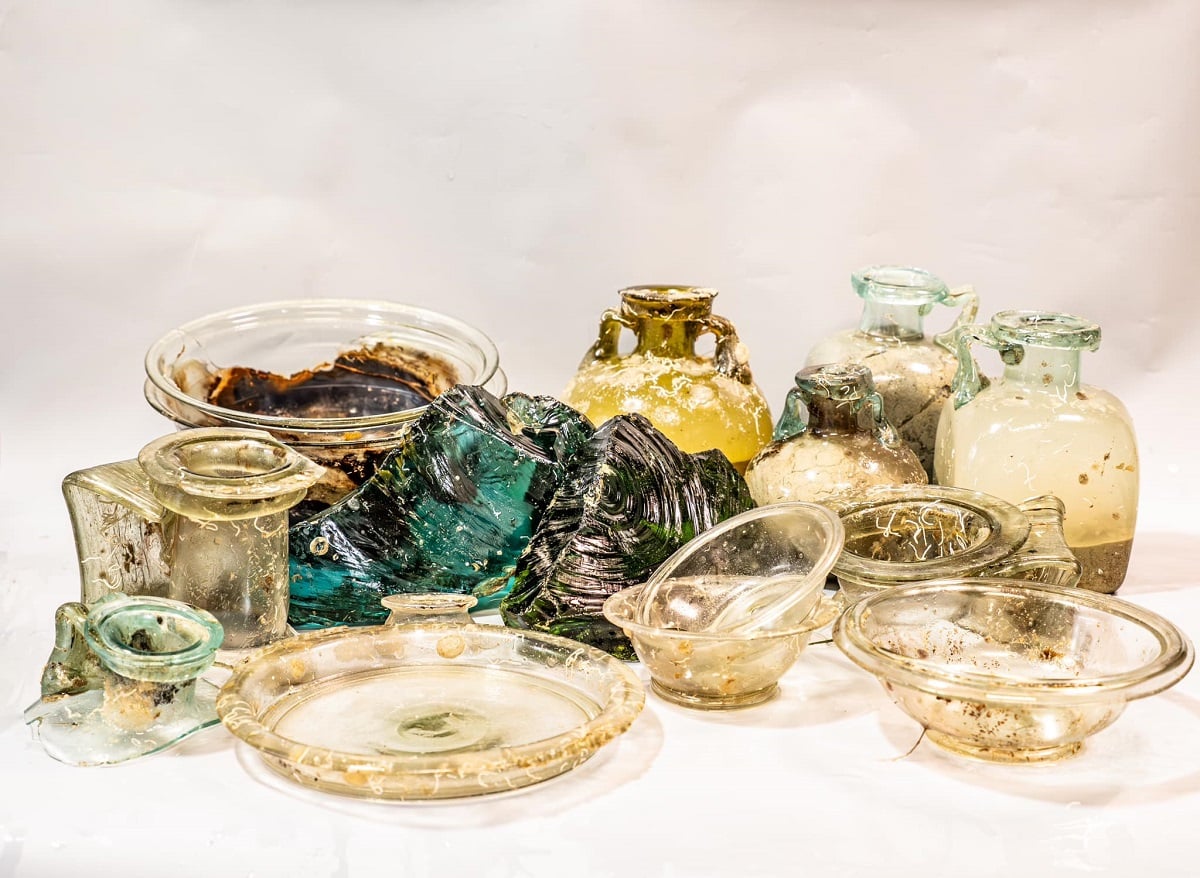
The French and Italian underwater archaeologists’ efforts at Capo Corso 2 site are the first such expedition carried out as part of the agreement from 2022. Let’s hope that the following activities will be as fruitful and will provide even more great discoveries.
Head Photo: M.Añò-V.Creuze-D.Degez_SN_SUB_DRASSM




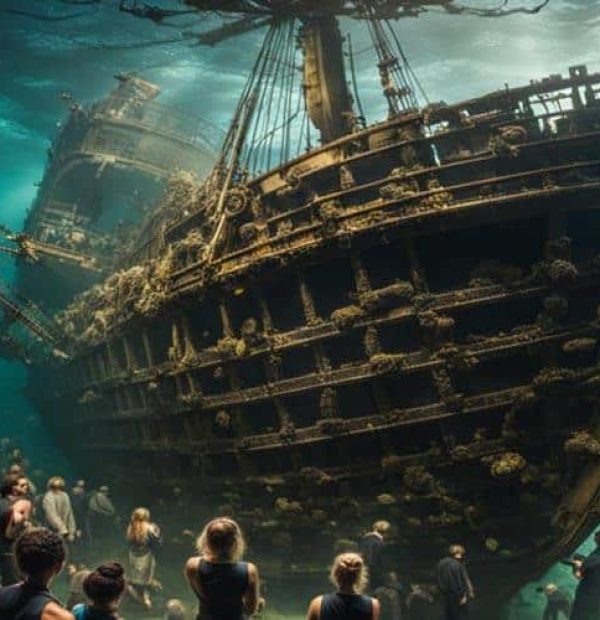


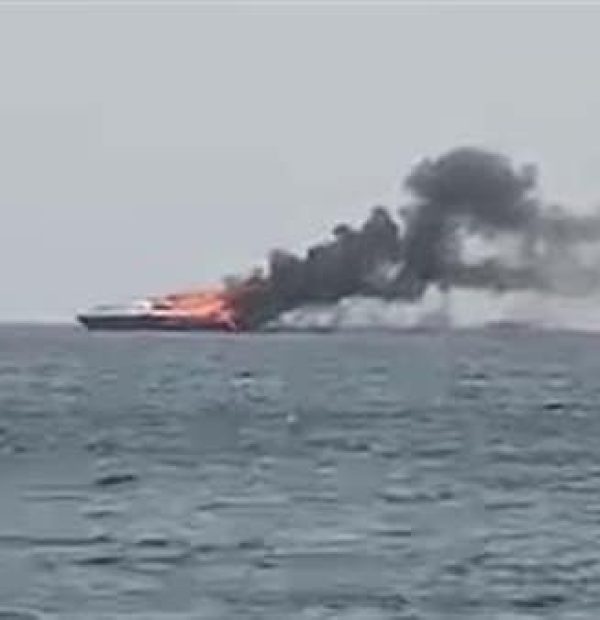
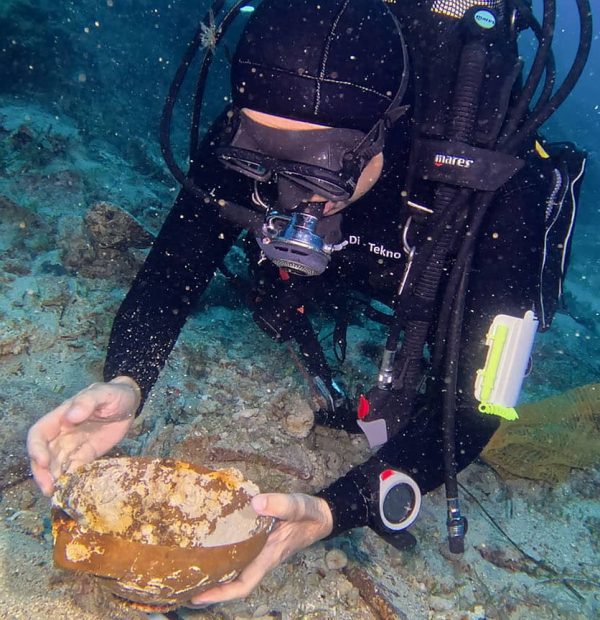

Welcome to DIVERS24.COM, your daily source of scuba news, freediving, scuba diving information, and equipment reviews. Our comprehensive coverage of the dive industry from A to Z provides you with all the latest scuba news, training updates, underwater photography tips, and everything else related to scuba diving. Whether you’re a beginner or an experienced diver looking for more knowledge about scuba gear or techniques – we’ve got it covered! With our in-depth articles written by experienced divers who have been there and done that, you are sure to find exactly what you need here at Divers24.com. Dive into scuba news today!
Underwater Media Sp. z o.o.
Szafarnia 11/F8,
80-755 Gdansk, Poland
Welcome to DIVERS24.COM, your daily source of scuba news, freediving, and scuba diving information. Sign in for a weekly news update and discount coupons for dive gear and apparel.
@2023 - underwatermedia.pl. All Right Reserved. Designed and Developed by Tworzenie stron internetowych Gdansk

The Divers24 portal is currently the largest online medium treating diving in Poland. Since 2010 we have been providing interesting and important information from Poland and around the world on all forms of diving and related activities.
Contact us: info@divers24.com